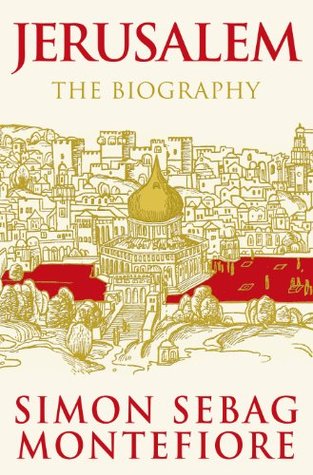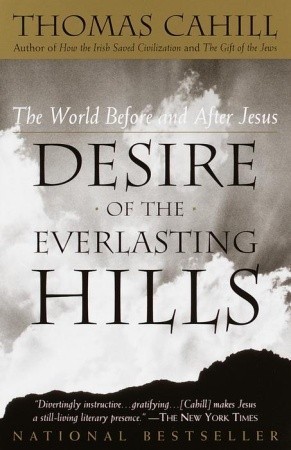
The Crusades: The Authoritative History of the War for the Holy Land
Book Description
A clash of faiths ignites a battle for the soul of Jerusalem, where knights and sultans collide in a struggle that will shape nations and beliefs. Thomas Asbridge plunges into the chaos of the Crusades, revealing the blood-soaked heroics and tragic missteps of an era defined by ambition and devotion. Rich in detail and vivid in its imagery, this authoritative history uncovers the complexities of loyalty and brutality on both sides. As alliances shift and destinies intertwine, who will rise and who will fall? Step into the tumultuous heart of a conflict that echoes through history—are you ready for the truth?
Quick Book Summary
"The Crusades: The Authoritative History of the War for the Holy Land" by Thomas Asbridge provides a sweeping and meticulously researched account of the centuries-long conflict between Christian and Muslim powers over Jerusalem. Asbridge follows the motivations of popes, kings, sultans, and ordinary people drawn into a brutal struggle shaped by ambition, faith, and political maneuvering. Rather than viewing the Crusades as a simple clash between good and evil or East and West, Asbridge documents the complex web of shifting alliances, internal divisions, and moments of both heroic sacrifice and harrowing cruelty. His vivid storytelling captures not only spectacular battles and sieges but also the profound impact the wars had on individuals and societies, ultimately offering insight into an era that still reverberates in modern times.
Summary of Key Ideas
Table of Contents
Faith as Catalyst and Justification for War
The inception of the Crusades finds its roots in the powerful call to arms issued by Pope Urban II in 1095. The papal rallying cry united European Christians under the banner of recovering Jerusalem from Muslim control. Asbridge highlights how religious fervor and the promise of spiritual rewards, such as absolution from sin, persuaded thousands of knights and commoners to undertake perilous journeys to the Holy Land. Yet, he also illustrates how deeply personal ambitions and dynastic interests intertwined with faith from the very beginning, complicating what many perceived as a singular holy mission.
Complexities of Political Alliances and Rivalries
Throughout the Crusades, both Christian and Muslim powers navigated a tangled web of political intrigue and shifting alliances. Asbridge unpacks the unstable nature of leadership on both sides: betrayal and infighting undermined Christian unity, while successive Turkish and Arab leaders struggled to form cohesive resistance. A particularly vivid portrait emerges of figures such as Saladin and Richard the Lionheart, whose legendary rivalry exemplified the blend of chivalry, pragmatism, and ruthlessness that defined the age. Local Christian and Muslim communities often found themselves caught between competing armies and divergent loyalties.
Cultural Exchange and Misunderstanding between Civilizations
Far from being a one-dimensional confrontation, the Crusades fostered both conflict and exchange between cultures. Asbridge documents moments of communication, negotiation, and even mutual respect, alongside graphic accounts of massacres and atrocities. The book reveals how Arabic and Western chroniclers perceived each other, often through a fog of ideology, but sometimes with clear-eyed recognition of shared values or admiration for each other's achievements. The movement of pilgrims, soldiers, and traders allowed for the cross-pollination of ideas, art, and technology — a legacy often overshadowed by violence.
The Human Cost and Brutality of Holy War
The brutal realities of the Crusader campaigns are brought to the fore in Asbridge’s account. The sieges of Jerusalem, Antioch, and Acre, among others, were marked by unspeakable horrors, starvation, and mass slaughter. Yet alongside these horrors, the book also uncovers stories of resilience, mercy, and unexpected camaraderie across faiths. Asbridge emphasizes the central role of ordinary men and women, whose lives were irreparably changed by the march of war and whose suffering testifies to the true cost of religious conflict.
Lasting Legacy of the Crusades on Modern History
In his conclusion, Asbridge explores the lasting impact of the Crusades. He contends that the conflicts helped forge new national and religious identities in Europe and the Middle East, sowing seeds of suspicion and enmity whose echoes persist today. At the same time, the era’s lessons in tolerance and intercultural engagement are also part of its legacy. Asbridge’s narrative ultimately suggests that understanding the Crusades’ complexity is crucial for grasping their continuing influence on the contemporary world.
Download This Summary
Get a free PDF of this summary instantly — no email required.





